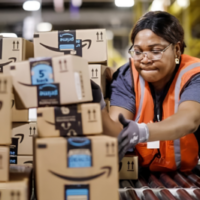Summary
On March 12, 2024, Irene Tung testified before the Connecticut General Assembly Labor and Public Employees Committee in favor of S.B. No. 412, a bill that would provide critical safeguards for workers employed by the largest and most sophisticated warehouse companies, in particular companies such as Amazon, which use non-transparent data driven quotas.




